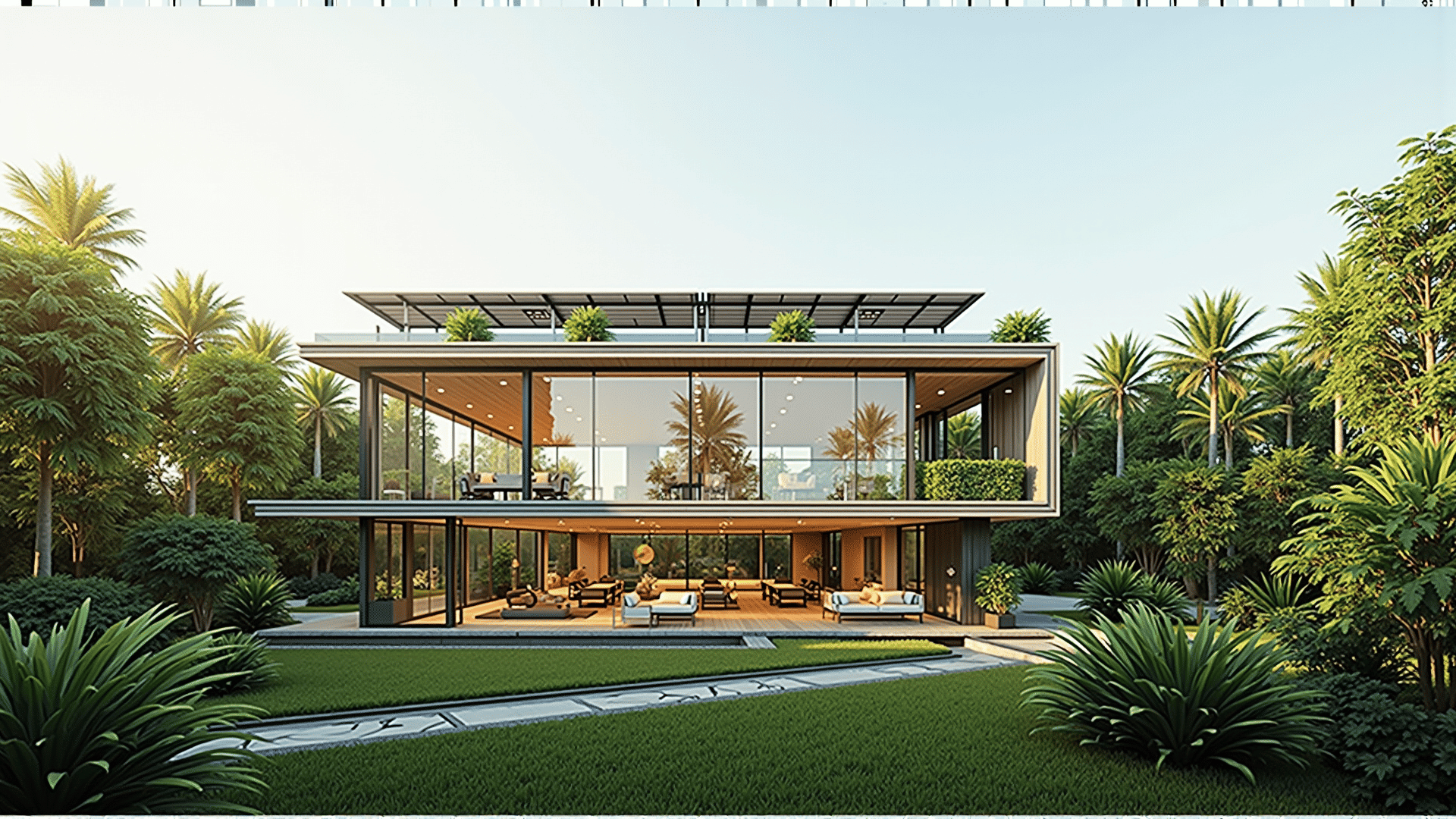In recent years, the Philippines has seen a remarkable shift towards environmentally friendly construction practices. As awareness about environmental preservation grows, more architects and builders are embracing designs that harmonize with nature while still offering modern comforts and visual appeal.
One of the driving forces behind this architectural transformation is the integration of local materials that blend effortlessly with sustainable technologies. Bamboo, coconut lumber, and locally sourced stone have become popular choices, reducing the reliance on imported resources and minimizing the carbon footprint associated with long-distance transportation.
Buildings designed with sustainability in mind often emphasize energy efficiency. The smart use of natural light through large windows and strategically placed skylights reduces the need for artificial lighting during daylight hours. Moreover, solar panels and rainwater harvesting systems are becoming common features, allowing buildings to generate their own power and reduce water consumption.
Airflow is another critical consideration. Many structures incorporate natural ventilation systems that take advantage of the Philippines' tropical climate. Cross-ventilation and thoughtful building orientation help maintain a comfortable indoor environment, reducing the need for air-conditioning.
Green roofs and vertical gardens have also become popular, contributing not only to the aesthetic value of buildings but also to their ability to insulate against heat, reduce runoff, and improve air quality. These features provide much-needed green spaces in urban areas, offering both residents and city dwellers a refreshing connection to nature.
The social and cultural aspects of sustainable architecture are equally important. By preserving traditional architectural elements and combining them with modern techniques, designers are creating spaces that respect both the environment and the cultural heritage of the region. This fusion of old and new is evident in the growing number of eco-resorts and communities that reflect the rich tapestry of Philippine history and biodiversity.
Moreover, education and awareness campaigns are inspiring a new generation of architects and builders to adopt sustainable practices. Colleges and educational institutions across the country now offer specialized courses in sustainable design, equipping students with the knowledge they need to continue the momentum towards green architecture.
As sustainable architecture continues to flourish in the Philippines, it serves as a model for how countries can address ecological challenges through thoughtful design and construction. With each new project, the nation's reputation as a leader in environmentally friendly building practices is solidified, proving that a commitment to sustainability coexists seamlessly with innovation and beauty.
